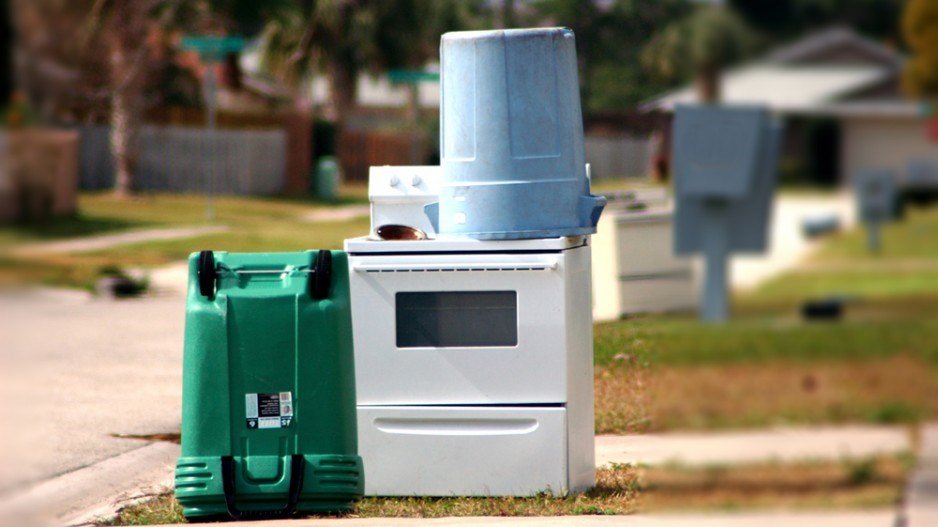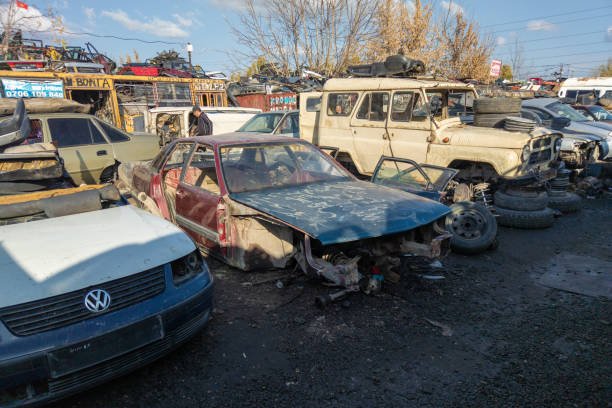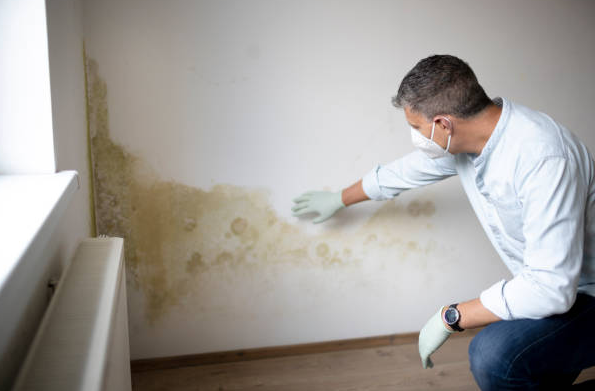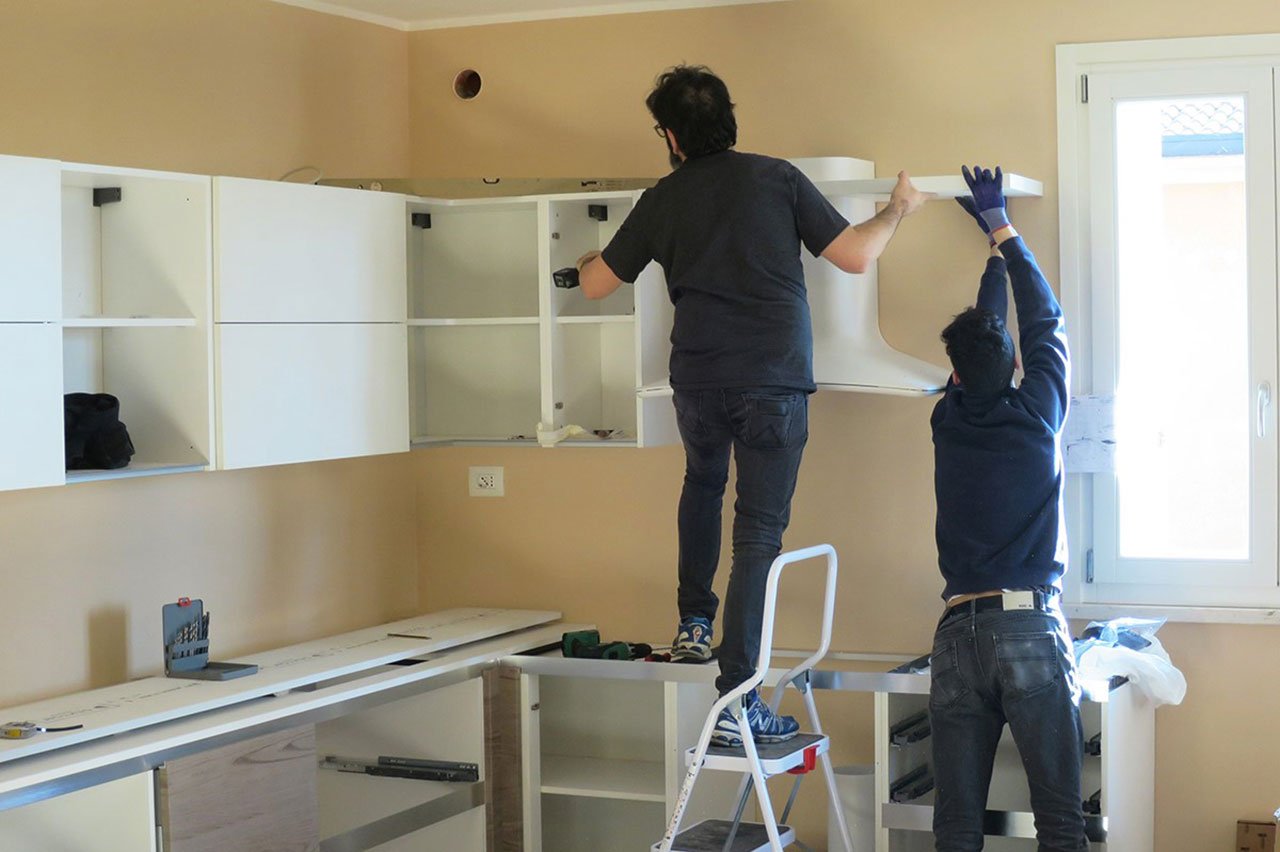Disposing of old appliances can be challenging, especially when trying to do it in a responsible and environmentally-friendly manner. From refrigerators and washing machines to microwaves and air conditioners, each type of appliance contains materials that can be hazardous if not handled properly. Below, we will explore best practices for the safe and responsible disposal of your old appliances.
Why Is Proper Appliance Disposal Important?
Appliances contain various materials such as metals, plastics, and chemicals that can harm the environment if they end up in a landfill. Refrigerators and air conditioners, for example, contain refrigerants that contribute to the depletion of the ozone layer. E-waste, which includes microwaves and other electronic devices, often contains hazardous chemicals such as mercury, lead, and cadmium.
By properly disposing of old appliances, we reduce the environmental impact and comply with regulations that govern hazardous waste disposal. Additionally, many components of these appliances can be recycled and reused, reducing the need for extracting raw materials from the Earth.
Step-by-Step Guide to Responsibly Dispose of Old Appliances
1. Assess Whether the Appliance Can Be Repaired or Donated
Before deciding to dispose of an appliance, consider if it is still in working condition or can be repaired. Appliances that are still functioning can often be donated to charities, shelters, or thrift stores. Many organizations accept gently used appliances and redistribute them to those in need.
If the appliance requires only minor repairs, you could consider fixing it and selling or donating it instead of disposing of it.
2. Contact Your Local Waste Management Service
Most municipalities have specific regulations regarding the disposal of large household items like appliances. Before attempting to dispose of your appliance, contact your local waste management service to learn about their guidelines. Many areas offer bulk pick-up services for large items, including appliances, but you may need to schedule a pick-up in advance.
Some waste management services may also have designated drop-off locations where you can bring your old appliances.
3. Use an Appliance Recycling Program
Many retailers and manufacturers offer appliance recycling programs when you purchase a new appliance. These programs typically include the removal and recycling of your old appliance at little or no cost.
Some well-known appliance recycling programs include:
- Best Buy: Accepts many types of appliances for recycling, including refrigerators, washing machines, and microwaves.
- Lowe’s: Often offers free haul-away services for old appliances when you purchase a new one.
- The Home Depot: Provides appliance recycling services when delivering new appliances.
4. Contact a Scrap Metal Recycler
Old appliances are often made of valuable materials, such as steel, aluminum, and copper, which can be recycled. Scrap metal recyclers will accept many types of appliances and properly recycle the metal components.
It’s essential to contact the recycler ahead of time to ensure they accept the specific appliance you need to dispose of. Some facilities may not accept appliances with refrigerants unless they’ve been properly removed by a certified technician.
5. Look for E-Waste Recycling Centers
Appliances like microwaves, blenders, and toaster ovens contain electronic components that should not be disposed of in the trash. Instead, find an e-waste recycling center in your area that accepts small appliances. These centers specialize in the safe disposal and recycling of electronic waste, ensuring that hazardous materials like lead and mercury are handled responsibly.
Many e-waste centers offer free drop-off services for residents, making it easy to dispose of smaller appliances in an environmentally responsible manner.
6. Hire a Junk Removal Service
If you have multiple appliances to dispose of or if the appliance is too large for you to handle, consider hiring a junk removal service. These companies specialize in the removal and proper disposal of bulky household items.
Ensure that the junk removal service you hire practices responsible recycling and disposal methods. Some companies will dismantle the appliances and recycle components such as metal, glass, and plastic, while others may partner with local recycling centers to ensure your appliances are disposed of properly.
7. Safely Remove Hazardous Components
For appliances like refrigerators and air conditioners that contain hazardous materials like refrigerants, it’s crucial to have these components removed by a certified technician before disposal. Improper handling of refrigerants can lead to the release of harmful chemicals into the atmosphere.
Some waste management services and recycling centers may offer refrigerant removal services as part of their appliance recycling program. Always verify that the technician handling this task is licensed and follows EPA guidelines for refrigerant disposal.
8. Check for Local Appliance Disposal Events
Many communities hold appliance disposal events where residents can drop off large appliances for safe disposal. These events are typically sponsored by local governments or waste management companies and may offer a convenient option for responsibly disposing of your old appliances.
Check with your local municipality or recycling center to see if any upcoming disposal events are scheduled in your area.
9. Consider Selling for Scrap
If you are willing to put in a little effort, you can disassemble the appliance and sell the scrap metal to local scrap yards. Some appliances contain valuable metals like copper wiring, which can be sold for cash. This option not only helps the environment by recycling materials but also provides a small financial return.
However, ensure you are familiar with the proper methods for disassembling appliances to avoid injury or damaging potentially recyclable components.
What Happens to Recycled Appliances?
When appliances are recycled, they are typically taken apart, and their components are sorted into different categories such as metal, plastic, glass, and electronics. These materials are then processed and used to manufacture new products. For instance, steel from old appliances can be melted down and reused in the construction of new appliances, vehicles, or other metal products.
Additionally, recycling helps conserve natural resources, reduces greenhouse gas emissions, and minimizes the energy used to manufacture new materials. This makes it a critical part of any effort to live more sustainably and responsibly.
Conclusion
Responsibly disposing of old appliances is a crucial step in protecting the environment and reducing waste. By exploring options such as donating, recycling, hiring junk removal services, and ensuring the safe removal of hazardous components, we can minimize the environmental impact of our appliance disposal decisions. Always check with local resources, such as waste management services and recycling programs, to ensure you’re following the best practices for responsible disposal.













Leave a Reply